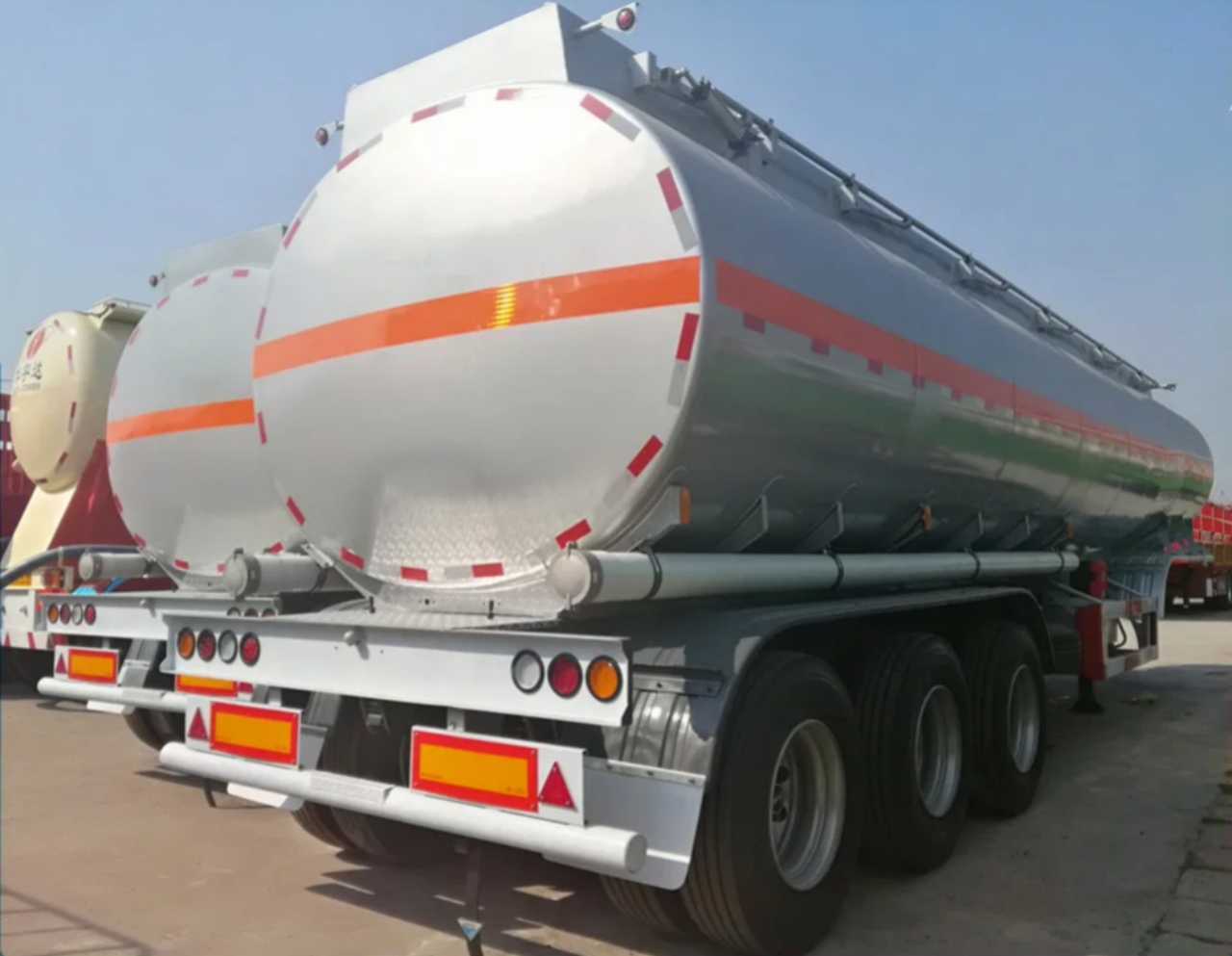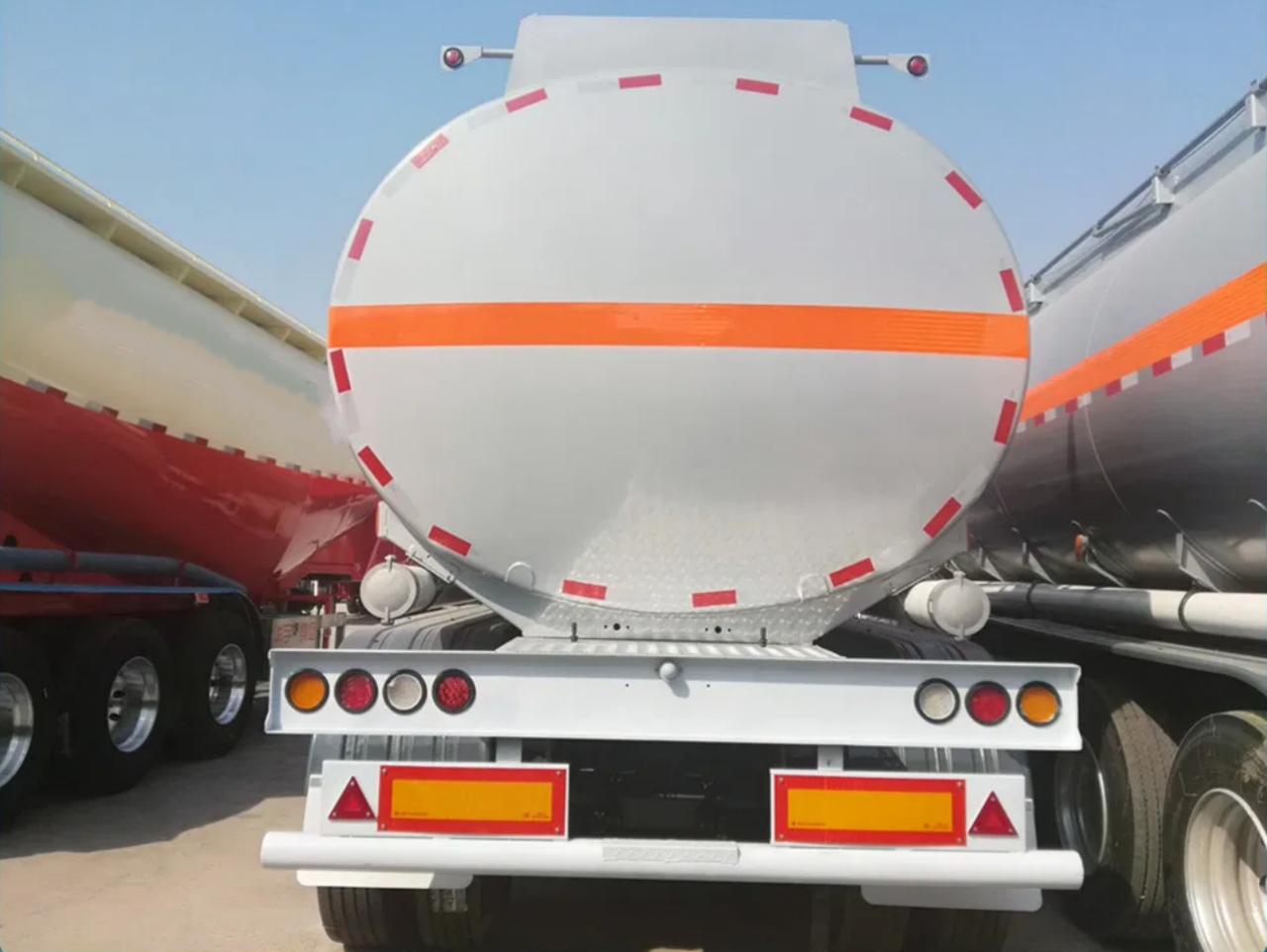In heavy-duty transport, water tank semi-trailers play a crucial role in ensuring the efficient and safe delivery of large quantities of water. These specialized vehicles are designed to withstand the rigors of long-distance travel while securely carrying substantial volumes of liquid. Water tank semi-trailers are indispensable assets in construction, agriculture, or emergency response scenarios. This article delves into the key aspects of these vehicles, from their construction and design to their applications and maintenance requirements.
1. Construction and Design
Water tank semi-trailers are typically constructed from durable materials such as stainless steel, aluminum, or fiberglass-reinforced plastic (FRP). Each material offers specific advantages: stainless steel provides excellent corrosion resistance, aluminum combines strength with lighter weight, and FRP is valued for its lightweight properties and resistance to chemical corrosion.
The tanks themselves are cylindrical, optimized to maximize volume while conforming to highway transportation regulations regarding dimensions and weight distribution. Capacities vary widely depending on the trailer’s size and configuration, ranging from smaller capacities suitable for local delivery to large tanks capable of transporting thousands of gallons over long distances.

2. Components and Features
A typical water tank semi-trailer consists of several essential components:
- Tank: The main reservoir for holding water, often equipped with baffles to minimize sloshing and improve stability during transport.
- Chassis: Provides the structural framework and support for the tank, designed to handle heavy loads and various road conditions.
- Axles and Suspension: Configured to distribute the weight evenly and ensure stable handling. Axle configurations may include single, tandem, or even tri-axle setups depending on the trailer’s size and intended use.
- Pumping System: Essential for loading and unloading water. Includes pumps, hoses, and valves designed to facilitate efficient filling and discharge operations.
- Safety Features: Reflective markings, lighting systems, and brake mechanisms ensure compliance with safety standards and enhance visibility on the road.
3. Applications
Water tank semi-trailers find diverse applications across several industries:
- Construction: Used for dust control, compaction, and supplying water to construction sites where a stable water source is unavailable.
- Agriculture: Vital for irrigation, particularly in arid regions where water must be transported to fields or livestock.
- Emergency Services: Deployed during firefighting operations to supply water to remote locations or areas lacking adequate hydrants.
- Municipal Services: Providing potable water delivery or wastewater transport for municipal utilities and sanitation departments.

4. Maintenance and Care
Proper maintenance is critical to ensure the longevity and reliability of water tank semi-trailers:
- Regular Inspections: Check for leaks, corrosion, and structural integrity issues.
- Cleaning: Prevents contamination and buildup of sediment or residue that could affect water quality or damage the tank.
- Component Maintenance: Lubricate moving parts, inspect pumps and valves for wear, and replace worn-out components promptly.
- Storage: Properly store trailers when not in use to protect against weathering and environmental damage.
5. Environmental Considerations
Efforts are underway to enhance the environmental sustainability of water transport:
- Efficiency Improvements: Lightweight materials and aerodynamic designs reduce fuel consumption and emissions.
- Water Conservation: Implementing efficient water management practices to minimize waste and optimize resource use.

6. Future Trends
Advancements in technology and materials continue to shape the evolution of water tank semi-trailers:
- Smart Monitoring Systems: Integration of IoT (Internet of Things) sensors for real-time monitoring of water levels, pressure, and tank conditions.
- Alternative Fuels: Exploration of alternative fuels such as hydrogen or electric power for reducing carbon footprint.
Conclusion
Water tank semi-trailers represent a vital link in the infrastructure supporting various industries and services reliant on efficient water transport. Their robust construction, versatile design, and essential features ensure they meet the demanding requirements of heavy-duty transport applications. As technological innovations and environmental considerations drive future developments, these vehicles will continue to evolve, enhancing efficiency, sustainability, and safety in water transportation worldwide.


